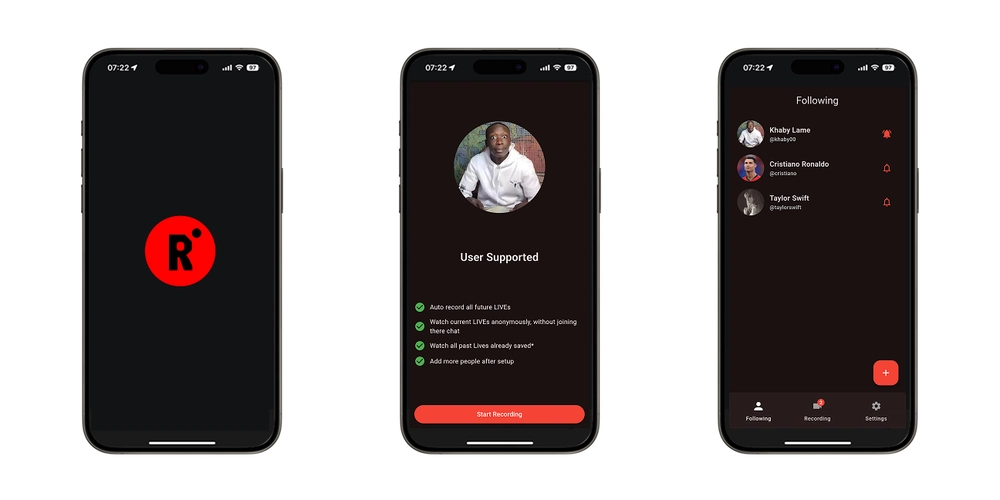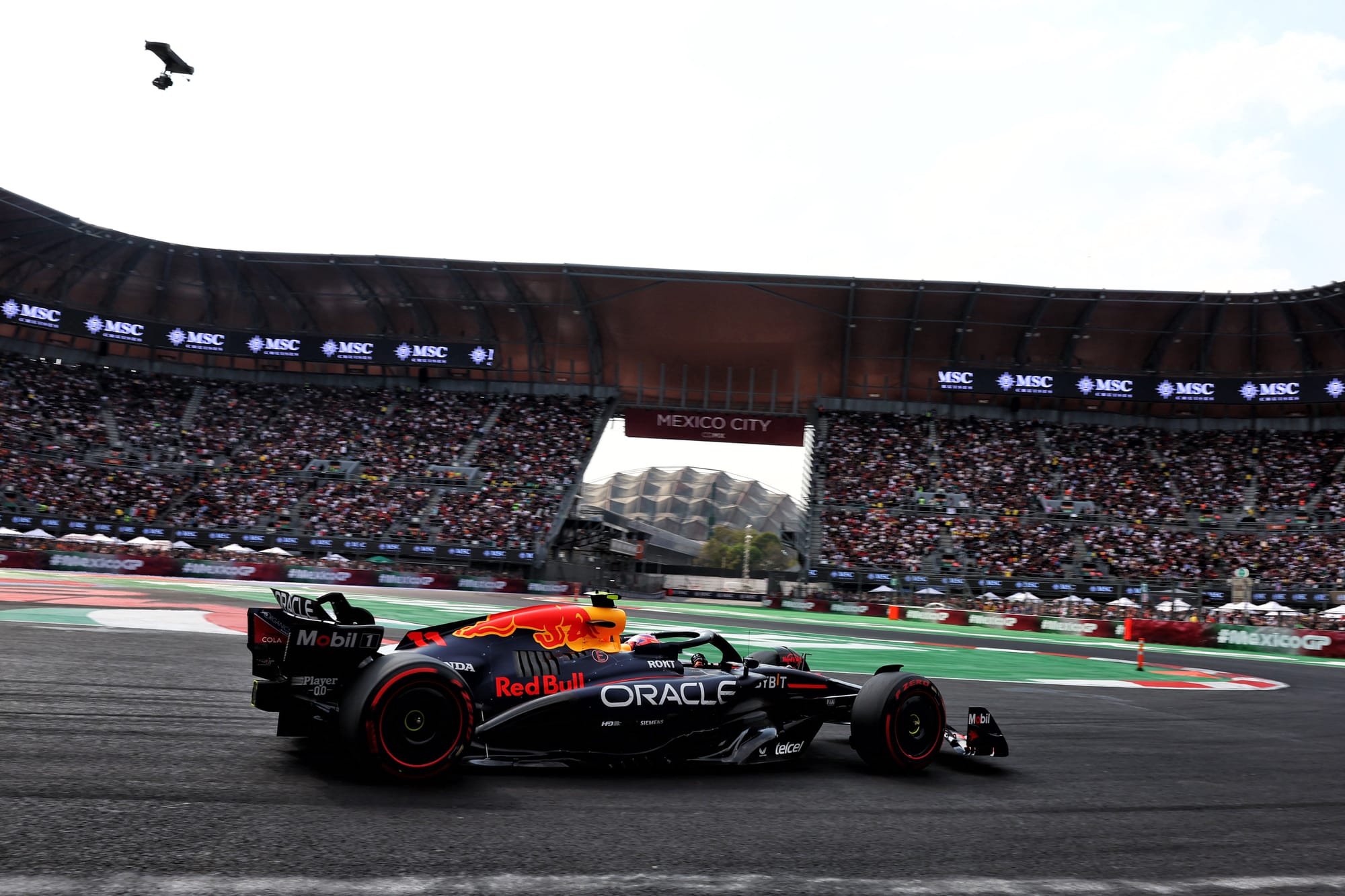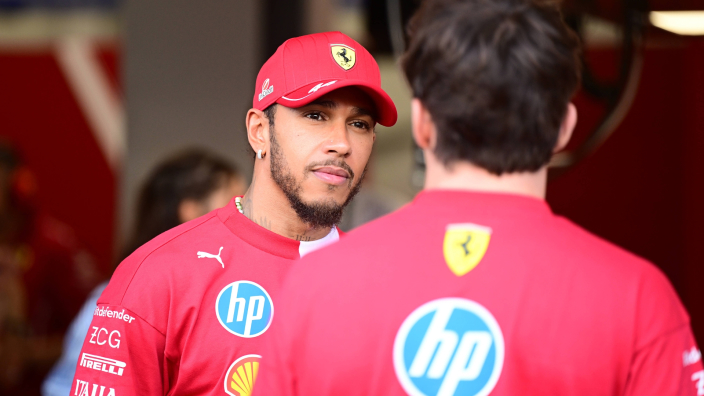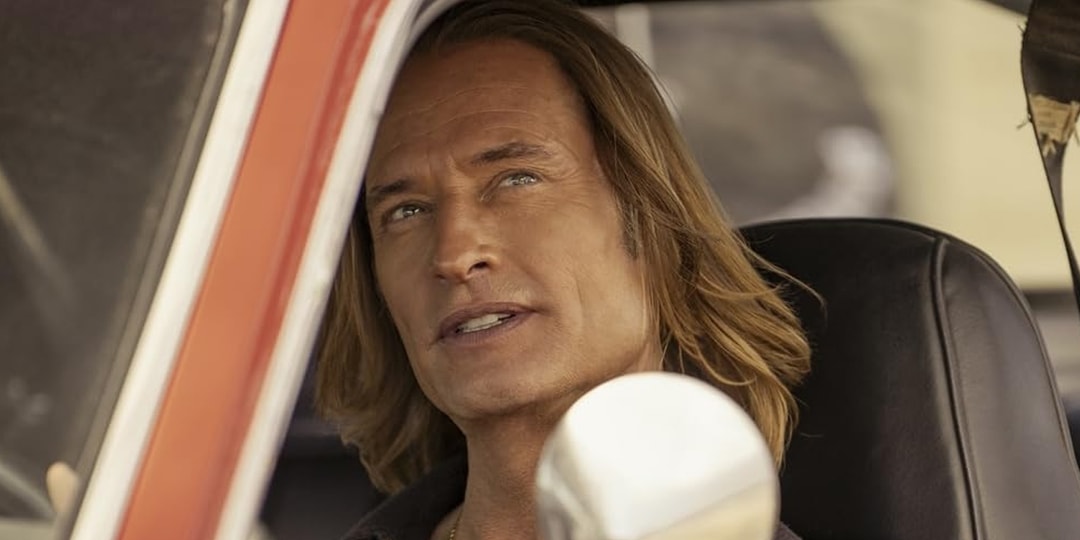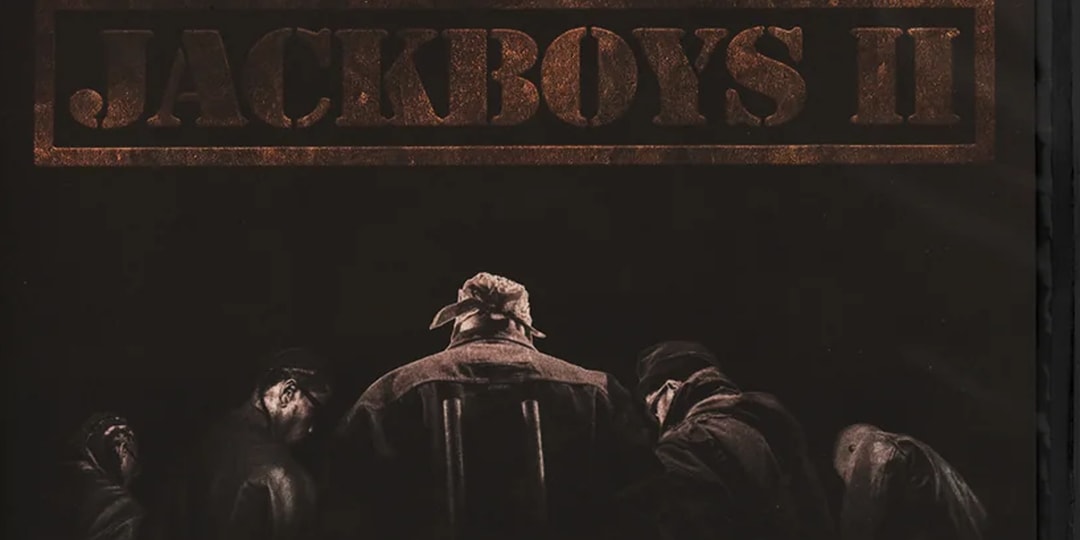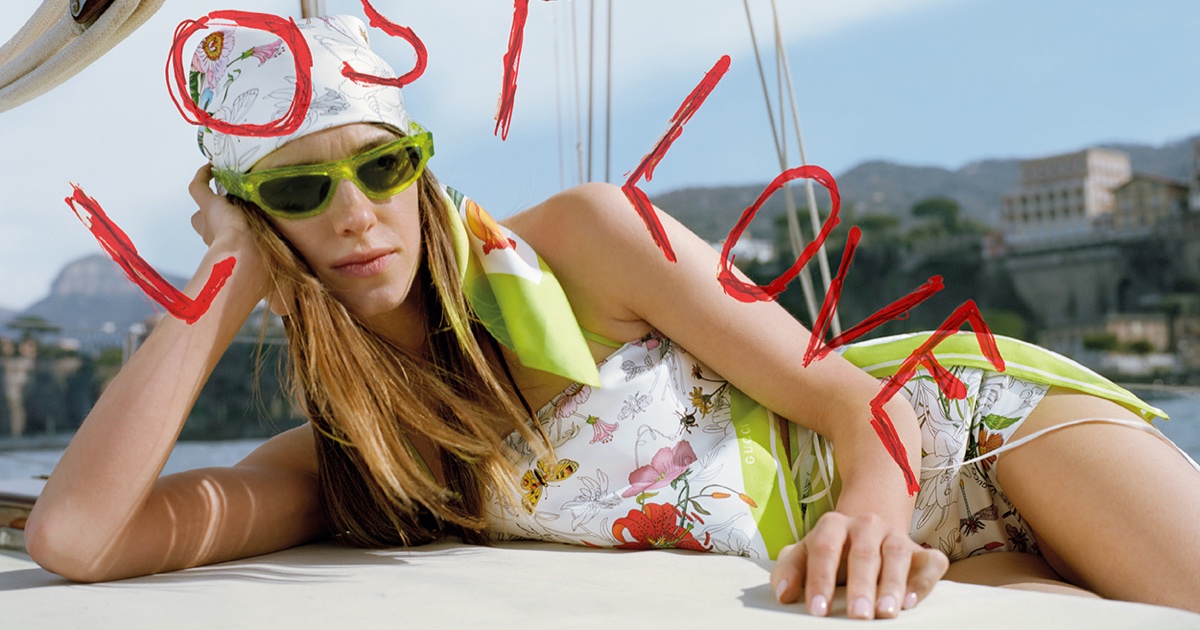Michael Jordan violated NBA’s 51% rule with banned item but Nike ‘picked up $5k fine’ every game
Michael Jordan revolutionized basketball both on and off the court. His achievements with the Chicago Bulls, during two separate spells, are legendary. Jordan is renowned as the greatest basketball player of all-timeGetty MJ was a six-time NBA champion, securing a three-peat either side of his short-lived retirement as he dominated at the height of his power in the 1990s. He was also a five-time league MVP, who became iconic thanks to the incredible athleticism, great scoring ability, and defensive prowess he naturally possessed. Jordan set countless NBA records and provided on-court moments beyond belief that will likely never be topped. And he looked good doing it, too, thanks to his Air Jordan sneakers. These days, the brand is synonymous with Nike. But back in the 1980s, when rookie MJ first stepped on court with his new shoe, it’s fair to say Nike’s decision to sign him was a risk. Jordan was indeed a phenomenon when he skipped senior year at the University of North Carolina to be drafted by the Bulls in 1984. He turned pro with a $6million contract, having been picked No. 3 in the draft, and immediately signed a sponsorship deal with Nike that would become the first of its kind. Never before had a rookie had a shoe named after them. Nor had any player earned anything like the five-year, $500,000-a-year deal that reports claimed Jordan struck with Nike, who produced the first Air Jordan sneakers. MJ became a cultural icon with his Air Jordan sneakers and Jordan BrandGetty There is debate over whether Jordan was ever fined for his footwear choice, as Nike claimedGETTY But it was a deal that transformed Nike’s fortunes. When a 21-year-old MJ stepped on court for the Bulls in a preseason game against the New York Knicks in October 1984, his sneakers — a black and red combo that matched Chicago’s jersey — caught the attention of NBA commissioner David Stern. To this day, Nike still has a framed letter from the league explaining that the association’s ‘rules and procedures’ prohibited Jordan’s shoes. The letter didn’t state it explicitly, but MJ’s new kicks violated the ‘51% rule,’ which demanded a player’s footwear be mostly white, and in keeping with their team’s jerseys. Nike’s Air Jordan I — based on the Bulls’ red and black team colors — only featured 23% white. The NBA’s policy was so strict, that every time a player broke the rule, they were fined $5,000 per game (equivalent to $15,000 in modern times.) In reality, Jordan’s on-court shoe featured far more white than his AJ1sGetty Thanks, in part to Jordan, the NBA has relaxed its 51% ruleGetty Nike, of course, famously claim to have paid any fines that Jordan racked up, and they capitaised on the controversy with an advertisement campaign to end all campaigns. They put black censor bars over the sneakers in TV ads and, later, reissued the original Air Jordan 1 (AJ1) as the ‘banned’ edition. Four decades on, and the Jordan empire has gone from strength, becoming one of the biggest brands in the world with a revenue that reached $7bn in 2024. While it has entered folklore that Jordan was fined $5,000 for every game in the 1985 season in which he wore the original black and red AJ1 sneakers, it seems the truth has been stretched. He is not actually known to have worn the shoes during a regular-season game, meaning it was unlikely he was ever penalized. Still, the controversy –- and a breakout season in which MJ became a national star — ensured the original AJ1s became instantly iconic. He did indeed wear the shoe at the NBA’s annual Slam Dunk Contest in 1985, with the resulting photographs of him mid-flight helping sell the idea that there was something special about them. A dynasty of sneakers followed, and the Air Jordan II, released in November 1986, was the first to feature the ‘Jumpman’ logo which has spread far further than the basketball court. MJ is said to take a 5% cut of annual Air Jordan salesGetty For his role in it all, Jordan has been paid handsomely, and takes a reported 5% royalty on annual revenue to this day. More than two decades on from retirement, ‘His Airness’ remains one of the highest earning athletes of all-time, and a singular sportsman who built a global brand. But whether he was fined or not for the original shoe, is still up for debate.

Michael Jordan revolutionized basketball both on and off the court.
His achievements with the Chicago Bulls, during two separate spells, are legendary.

MJ was a six-time NBA champion, securing a three-peat either side of his short-lived retirement as he dominated at the height of his power in the 1990s.
He was also a five-time league MVP, who became iconic thanks to the incredible athleticism, great scoring ability, and defensive prowess he naturally possessed.
Jordan set countless NBA records and provided on-court moments beyond belief that will likely never be topped.
And he looked good doing it, too, thanks to his Air Jordan sneakers.
These days, the brand is synonymous with Nike.
But back in the 1980s, when rookie MJ first stepped on court with his new shoe, it’s fair to say Nike’s decision to sign him was a risk.
Jordan was indeed a phenomenon when he skipped senior year at the University of North Carolina to be drafted by the Bulls in 1984.
He turned pro with a $6million contract, having been picked No. 3 in the draft, and immediately signed a sponsorship deal with Nike that would become the first of its kind.
Never before had a rookie had a shoe named after them.
Nor had any player earned anything like the five-year, $500,000-a-year deal that reports claimed Jordan struck with Nike, who produced the first Air Jordan sneakers.


But it was a deal that transformed Nike’s fortunes.
When a 21-year-old MJ stepped on court for the Bulls in a preseason game against the New York Knicks in October 1984, his sneakers — a black and red combo that matched Chicago’s jersey — caught the attention of NBA commissioner David Stern.
To this day, Nike still has a framed letter from the league explaining that the association’s ‘rules and procedures’ prohibited Jordan’s shoes.
The letter didn’t state it explicitly, but MJ’s new kicks violated the ‘51% rule,’ which demanded a player’s footwear be mostly white, and in keeping with their team’s jerseys.
Nike’s Air Jordan I — based on the Bulls’ red and black team colors — only featured 23% white.
The NBA’s policy was so strict, that every time a player broke the rule, they were fined $5,000 per game (equivalent to $15,000 in modern times.)


Nike, of course, famously claim to have paid any fines that Jordan racked up, and they capitaised on the controversy with an advertisement campaign to end all campaigns.
They put black censor bars over the sneakers in TV ads and, later, reissued the original Air Jordan 1 (AJ1) as the ‘banned’ edition.
Four decades on, and the Jordan empire has gone from strength, becoming one of the biggest brands in the world with a revenue that reached $7bn in 2024.
While it has entered folklore that Jordan was fined $5,000 for every game in the 1985 season in which he wore the original black and red AJ1 sneakers, it seems the truth has been stretched.
He is not actually known to have worn the shoes during a regular-season game, meaning it was unlikely he was ever penalized.
Still, the controversy –- and a breakout season in which MJ became a national star — ensured the original AJ1s became instantly iconic.
He did indeed wear the shoe at the NBA’s annual Slam Dunk Contest in 1985, with the resulting photographs of him mid-flight helping sell the idea that there was something special about them.
A dynasty of sneakers followed, and the Air Jordan II, released in November 1986, was the first to feature the ‘Jumpman’ logo which has spread far further than the basketball court.

For his role in it all, Jordan has been paid handsomely, and takes a reported 5% royalty on annual revenue to this day.
More than two decades on from retirement, ‘His Airness’ remains one of the highest earning athletes of all-time, and a singular sportsman who built a global brand.
But whether he was fined or not for the original shoe, is still up for debate.






